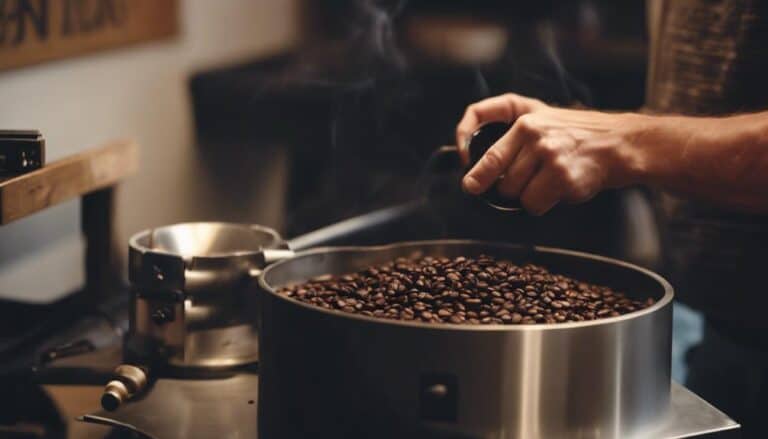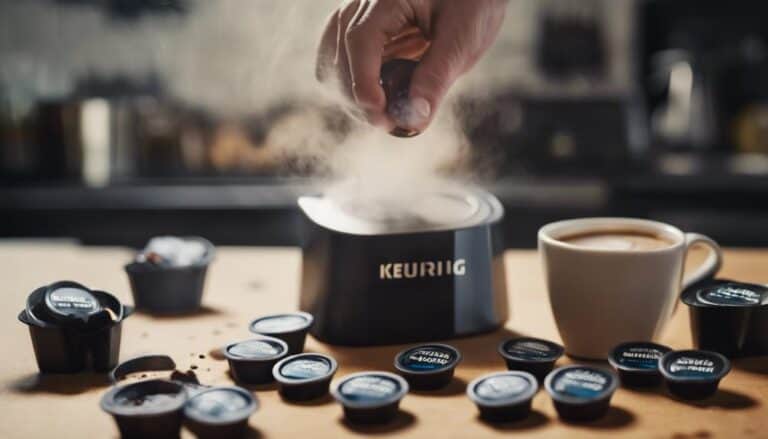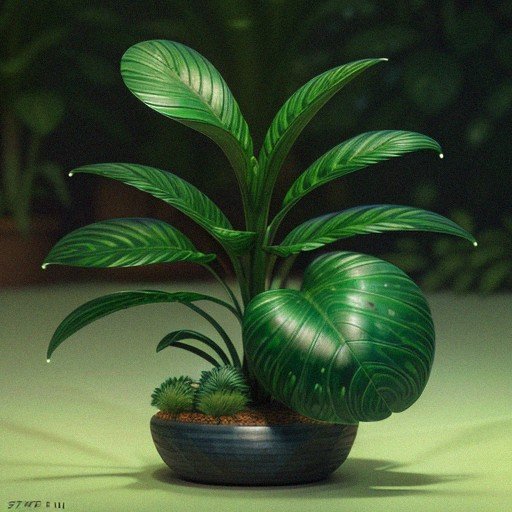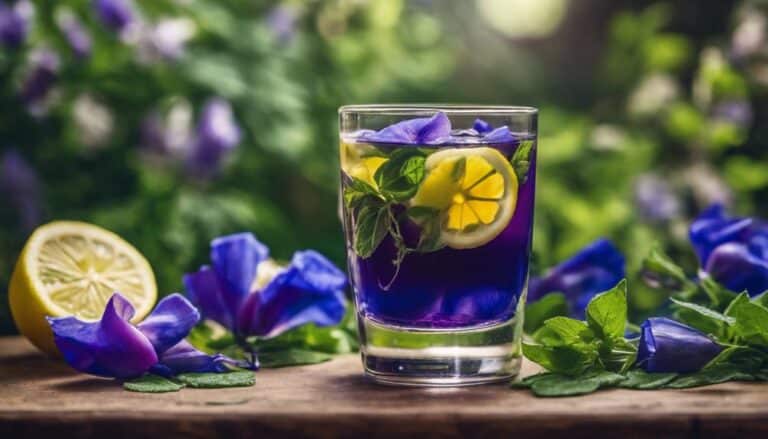Mastering the Art of Using a Tea Kettle in 7 Simple Steps
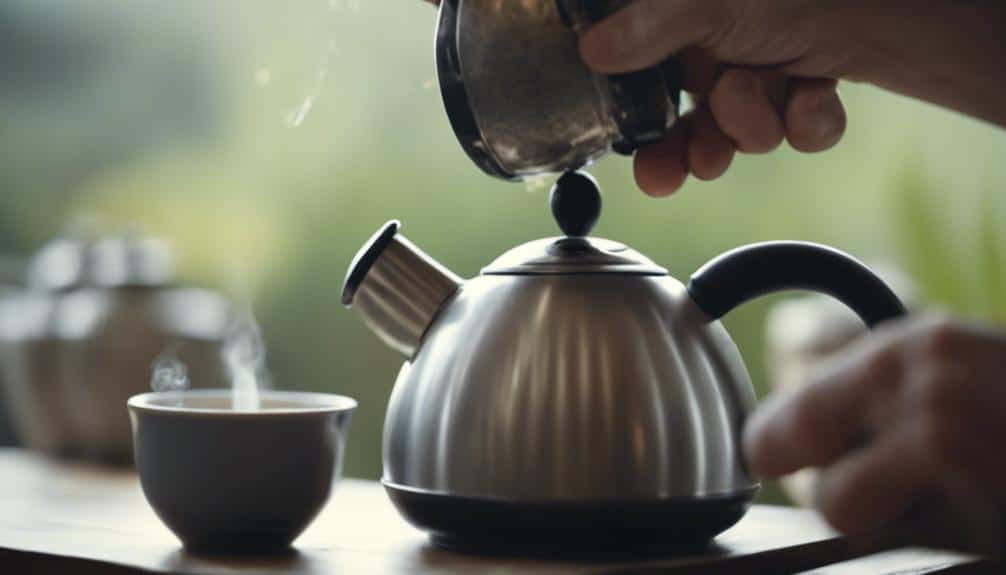
Mastering the art of using a tea kettle is akin to discovering a concealed world of tranquility and flavor. As I carefully navigate through the seven simple steps, each one holding the key to a perfect brew, I realize the subtle yet profound impact they have on my tea-drinking ritual. From selecting the ideal kettle to savoring the last sip, every detail contributes to an experience that transcends mere beverage preparation. There's a certain finesse required, a delicate dance between tradition and innovation, that beckons me to explore further and uncover the true essence of tea mastery.
Selecting the Right Tea Kettle
When choosing the right tea kettle, make sure to go for one that suits your tea-drinking habits and has the capacity you need. Consider the types of tea you enjoy brewing, as different teas require specific water temperatures for best flavor extraction.
For herbal teas, a stovetop kettle might be appropriate as they generally require boiling water. However, if you prefer green or white teas that need lower temperatures, an electric kettle with temperature control could be more suitable.
It's important to select a kettle made of insulated stainless steel or glass to retain heat efficiently during the brewing process. The material and design of the kettle play a significant role in conducting heat effectively and boiling water swiftly.
Additionally, make sure the kettle's capacity aligns with your tea quantity needs to avoid the inconvenience of multiple brews. Choosing a tea kettle that matches your tea preferences and brewing habits will enhance your tea-drinking experience.
Filling the Kettle With Water
When filling the kettle with water, it's vital to pay attention to the water level indicator for precision in measurements.
This indicator allows for accurate estimation of the boiling time needed for your tea.
Ensuring the right water level is essential in achieving the desired taste and strength of your brewed tea.
Water Level Indicator
To accurately fill your tea kettle with water, refer to the clearly marked water level indicator for the desired amount of water needed for brewing.
- Confirm the kettle's water level indicator is clearly marked for easy filling.
- Fill the kettle with water up to the desired level indicated for the amount of tea you want to brew.
- Avoid overfilling the kettle to prevent spills and guarantee proper water heating.
- Water level indicators help you accurately measure the water needed for different tea quantities.
Following these guidelines guarantees consistent tea brewing results each time.
Boiling Time Estimation
Considering the factors impacting boiling time estimation, the speed at which water heats in a kettle can vary based on multiple variables. When using an electric kettle, the heating elements play an important role in reducing boiling time significantly, especially when compared to a stovetop kettle. The starting water temperature, volume of water, and wattage of the electric kettle all contribute to the overall boiling time estimation. Here is a table to help you understand the approximate boiling times for different amounts of water in an electric kettle:
| Water Amount | Boiling Time (Full Boil) |
|---|---|
| Small Quantity | 2-3 minutes |
| Medium Quantity | 3-4 minutes |
| Full Kettle | 4-5 minutes |
Adding Sweeteners (Optional)
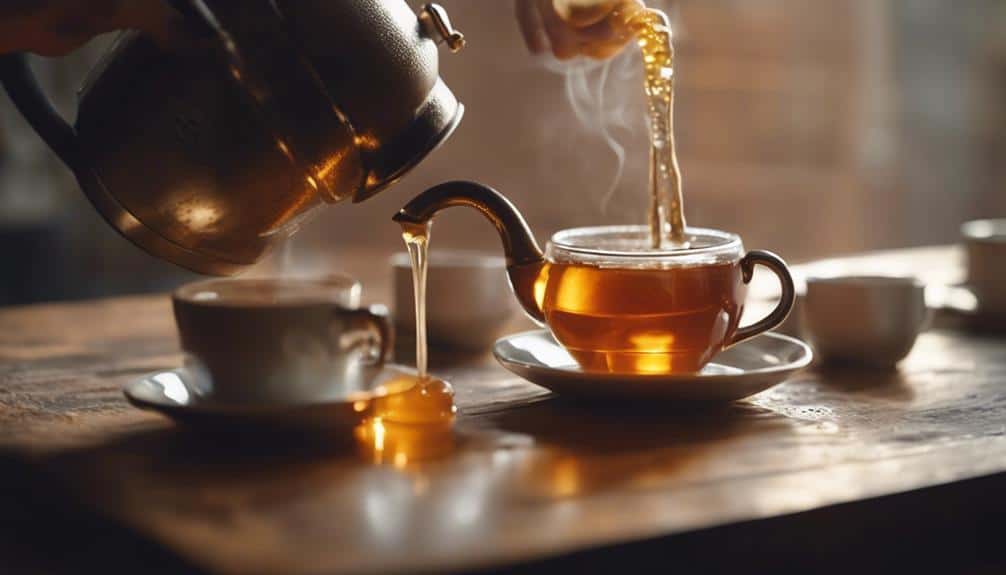
Enhancing the flavor of your tea can be achieved by adding optional sweeteners such as sugar, honey, or jaggery to suit your personal taste preferences. Adjusting the amount of sweetener according to individual taste preferences can create a personalized tea experience. Adding sweeteners is entirely optional, catering to those who prefer unsweetened tea while still allowing others to experiment with different types and quantities of sweeteners to find the perfect balance for their tea.
- Personalization: Tailor the sweetness level to match your taste.
- Optional Choice: Decide whether to add sweeteners based on personal preference.
- Experimentation: Try different sweeteners and amounts to discover your ideal tea flavor.
- Complementing Flavors: Sweeteners can enhance the natural taste of tea leaves, creating a delightful brew.
Finding the right sweetener and quantity can truly elevate your tea experience, making each cup a delightful treat.
Heating the Kettle
When heating the kettle, adjust the stovetop flame to medium-high for efficient water heating.
Whether you're using a stovetop or an electric tea kettle, guaranteeing the proper temperature of the water is essential for brewing the perfect cup of tea.
Filtered water is ideal for tea, as it enhances the flavor by removing impurities. Different types of tea require specific water temperatures to bring out their best taste, so be mindful of this when heating the water.
While electric kettles offer convenience with automatic shut-off features, traditional stovetop kettles allow for more control over the heating process.
It's important to avoid overheating the kettle to prevent damage and ensure safety. Keep the kettle stable on a heat-resistant surface during heating to prevent accidents.
Preparing Tea Leaves or Bags
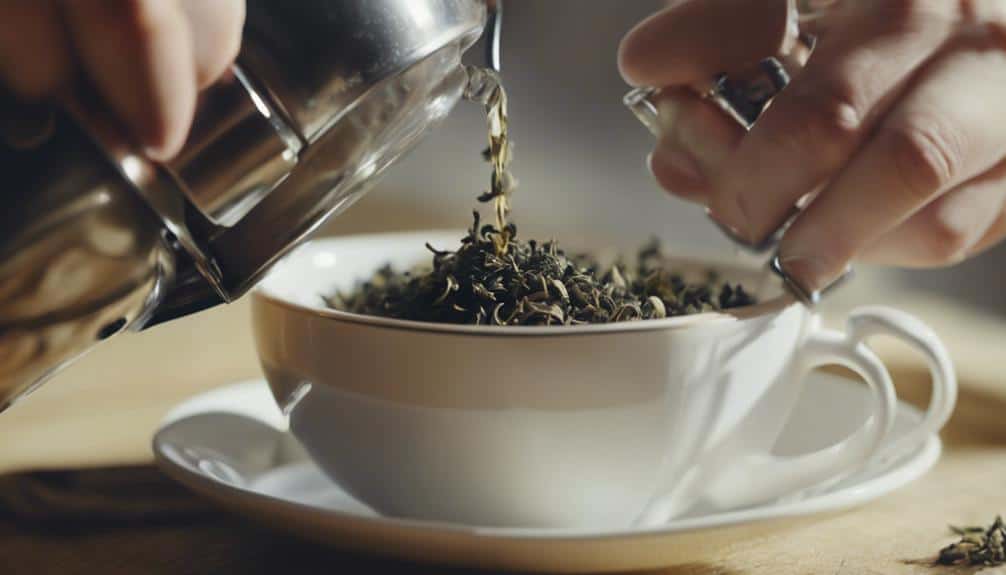
When preparing tea, it's essential to select high-quality loose tea leaves to enhance the flavor. Measure the tea quantity as per the packaging instructions for the best taste experience.
Whether you prefer tea bags or loose leaves, follow the provided steeping times for a perfect brew.
Tea Leaf Selection
To guarantee a delightful tea experience, carefully choose high-quality loose tea leaves that promise an exquisite balance of flavor and aroma.
- Optimal Flavor: Select high-quality loose tea leaves for the best taste.
- Proper Measurement: Measure the tea quantity according to packaging instructions for a perfect brew.
- Personalization: Customize the amount of tea leaves to suit your preference for a stronger or milder taste.
- Brewing Method: Choose between tea bags or loose leaves based on your preferred method of brewing.
Remember to follow the instructions on the packaging for the best results when preparing your tea.
Selecting the right tea leaves is the first step towards a satisfying tea experience.
Bag Vs Loose
After selecting high-quality loose tea leaves for the best flavor in your tea, the choice between preparing tea bags or loose leaves can greatly impact your brewing experience.
| Aspect | Loose Tea Leaves | Tea Bags |
|---|---|---|
| Flavor | Offers superior flavor and aroma due to higher quality | May contain lower grade leaves, affecting taste |
| Quality | Higher quality due to freshness and whole leaves | Quality may vary depending on the brand and type of bag |
| Customization | Allows for adjusting tea strength and flavor to personal taste | Pre-portioned, less room for customization |
| Convenience | Requires tools like infusers but offers a tailored experience | Convenient for quick brewing, ideal for on-the-go use |
| Aroma | Delivers a rich and full-bodied aroma | Aromas may be more subdued due to compact packaging |
Steeping Time
Steeping time plays a significant role in extracting the best flavor and aroma from your tea, whether using tea leaves or bags.
- Black teas typically need 3-5 minutes to steep, while green tea requires 2-3 minutes, and herbal tea can take up to 7 minutes for best flavor extraction.
- Tea bags generally steep faster than loose tea leaves, usually around 2-3 minutes to achieve the perfect taste.
- Over-steeping your tea can result in bitterness, so it's important to adhere to recommended steeping times.
- Adjusting steeping times allows for customization of the tea's strength and aroma to suit individual preferences, providing a tailored tea-drinking experience.
Boiling Water and Adding Tea
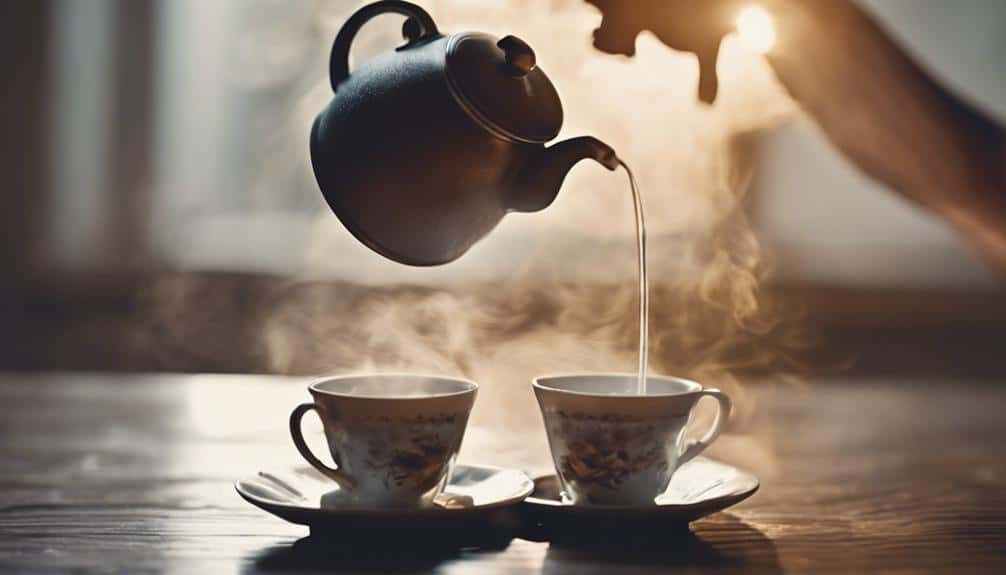
Adding loose tea leaves or tea bags to hot water in the kettle initiates the process of steeping and flavor infusion. Boiling water in a stovetop kettle typically takes around 5-10 minutes on medium-high heat until it reaches the pivotal temperature for tea brewing. This traditional method offers a more hands-on approach compared to electric kettles, allowing for a more engaging tea-making experience.
The act of adding tea to the hot water in the kettle is vital as it sets the stage for flavor extraction, resulting in a perfectly brewed cup of tea. It's essential to pay attention to the water temperature and steeping time after adding the tea to ensure a delightful and aromatic tea experience. The interplay between the hot water and the tea leaves or bags during this stage is where the magic of flavor infusion begins, promising a satisfying and comforting brew.
Steeping and Enjoying Tea
To fully appreciate the nuances of your tea, it's essential to pay close attention to the steeping process. When steeping tea, consider the following:
- Steeping time varies based on tea type and personal preference, typically ranging from 1-5 minutes for black tea to 3-4 minutes for green tea.
- Avoid steeping for too long to prevent bitterness or astringency, ensuring you enjoy your tea at its peak flavor.
- Experiment with different steeping times to find the perfect balance of flavor and strength that suits your taste buds.
- Use water at the appropriate temperature to avoid scorching delicate tea leaves; boiling water may alter the taste of green or white teas.
Conclusion
Mastering the art of using a tea kettle is a simple yet rewarding process that can greatly enhance your tea-drinking experience.
By carefully selecting the right kettle, accurately filling it with water, and preparing your tea with attention to detail, you can create a perfect cup of tea tailored to your preferences.
Enjoy the calming ritual of brewing tea, savoring each sip as you appreciate the unique flavors and aromas that unfold with every steep.

